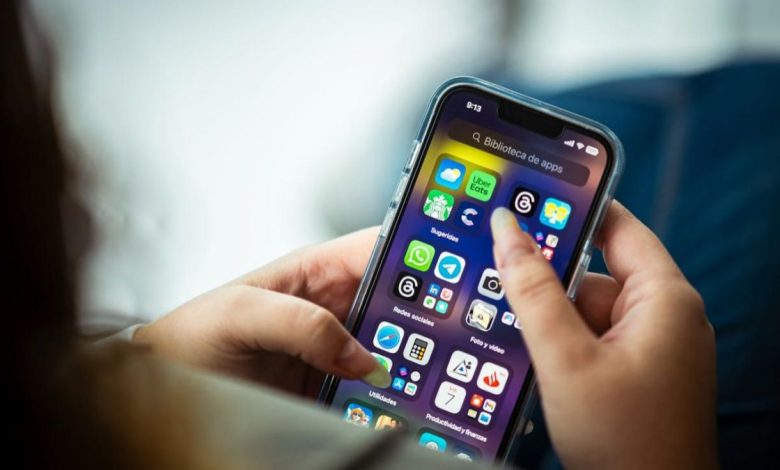How to Reduce Battery Drain in Mobile Apps

Battery life is one of the most critical factors affecting user experience on mobile devices. An app that consumes excessive battery will frustrate users and may lead to uninstallations. Optimizing battery usage is essential for mobile developers to ensure a smooth, sustainable experience.
In this article, we’ll explore strategies to reduce battery drain in both Android and iOS apps, covering coding practices, system optimization, and best practices.
1. Optimize Background Tasks
- Avoid unnecessary background services.
Use job scheduling APIs instead of continuously running processes:
- iOS → BackgroundTasks framework
- Android → WorkManager
- Only perform essential operations in the background.
2. Manage Location Services Efficiently
- Use coarse location instead of fine location when possible.
- Limit the frequency of GPS updates.
- Turn off location tracking when the app is inactive.
- Prefer geofencing or region monitoring for efficiency.
3. Optimize Network Requests
- Minimize network calls → batch data requests.
- Cache data locally to reduce repeated downloads.
- Use efficient protocols like HTTP/2 and compression (Gzip).
- Avoid polling; use push notifications or server-sent events.
4. Reduce Unnecessary UI Updates
- Avoid excessive animations and screen redraws.
- Reuse views instead of recreating them frequently.
- Limit background refresh of content when the app is not visible.
5. Manage Sensor Usage
- Disable sensors like accelerometer, gyroscope, and proximity when not needed.
- Batch sensor readings instead of continuous monitoring.
- Use low-power modes provided by the platform APIs.
6. Optimize Images and Media
- Compress images and videos before loading.
- Load assets lazily only when needed.
- Prefer vector graphics (SVG) for UI icons.
- Avoid auto-playing videos in background tabs or views.
7. Use Efficient Code Practices
- Avoid memory leaks → Dispose of unused objects.
- Minimize CPU-intensive loops and calculations.
- Use asynchronous tasks to avoid blocking the main thread.
- Profile your app regularly using tools like Android Profiler or Xcode Instruments.
8. Implement Battery-Aware Features
- Offer a low-power mode that reduces background activity and animations.
- Monitor battery state and adapt app behavior (pause intensive tasks when battery is low).
- Inform users about battery-consuming features and give control to toggle them.
9. Minimize Push Notification Overhead
- Avoid sending too many push notifications.
- Use silent notifications sparingly; they wake the device and consume power.
- Batch notifications to reduce network and CPU activity.
10. Testing and Continuous Monitoring
- Test on multiple devices with different battery capacities.
- Use profiling tools to monitor battery usage patterns.
- Analyze crash logs and user feedback to identify battery-heavy components.
Conclusion
Reducing battery drain in mobile apps requires a combination of efficient coding, responsible resource management, and user-aware design. By optimizing background tasks, network usage, sensors, and UI updates, developers can significantly improve battery efficiency.
A battery-friendly app not only enhances user experience but also contributes to higher retention, better reviews, and a stronger reputation for your app.

